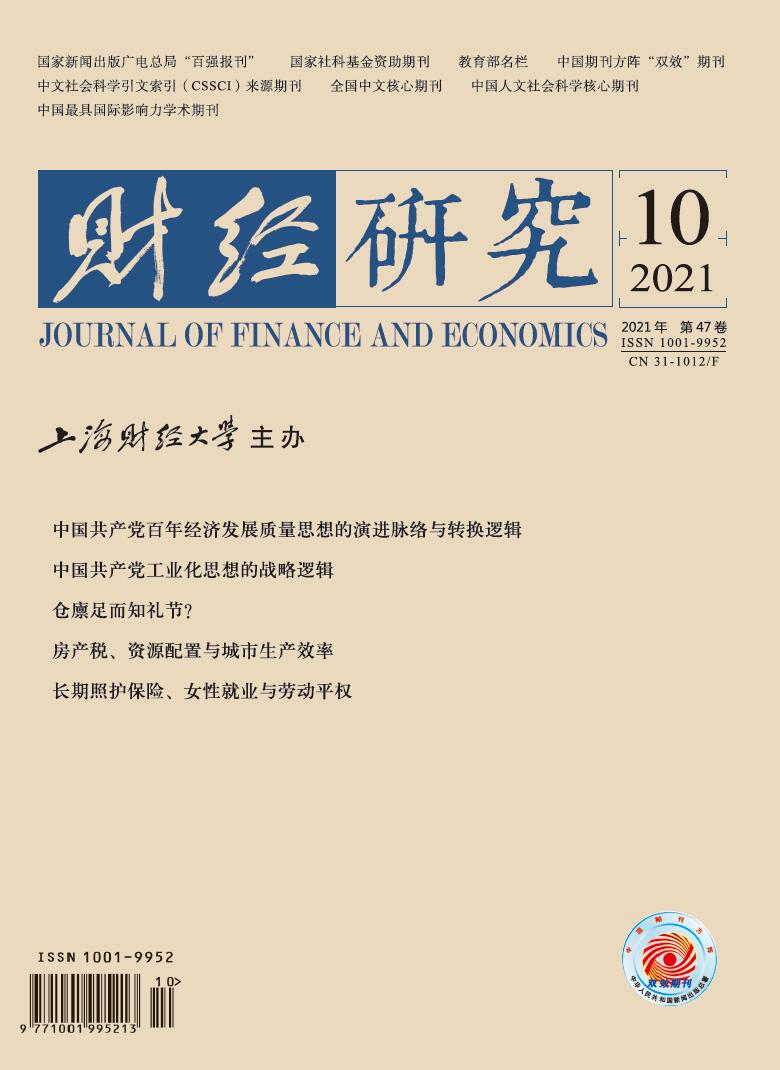Promoting the high-quality development of old revolutionary areas is an important strategic task of Chinese coordinated regional development in the new era. Since 2012, China has issued a series of policies and measures to support the development of old revolutionary areas. In order to test the effect and functional mechanism of state priority support policies, this paper uses the data of old revolutionary areas from 2008 to 2018 as the research sample, and uses the measurement method of PSM-DID to evaluate the policy effect on the green TFP of five key old revolutionary areas.
The results show that: Firstly, state priority support policies have significantly improved the green TFP of old revolutionary areas, which helps to promote the green and high-quality development of old revolutionary areas. Secondly, state priority support policies have three functional mechanisms on the high-quality development of old revolutionary areas, namely, intellectual capital investment, industrial structure upgrading and ecological governance. Thirdly, the policy effect on the green TFP of old revolutionary areas with different urban characteristics is heterogeneous. In order to further prioritize the policy effect, it is necessary not only to increase the investment in science, technology and education, and promote the upgrading of industrial structures and ecological governance, but also to formulate differentiated supporting policies and foster endogenous driving forces of green and high-quality development in old revolutionary areas.
This paper tries to make contributions in the following aspects: Firstly, based on the dimension of regional development quality, it innovatively studies the policy effect on the green TFP of old revolutionary areas. Secondly, it takes old revolutionary areas as the research object and pays more attention to the key bottlenecks that restrict the coordinated development of regions. This is different from the problem of coordinating the development gap between the eastern and western regions, and the research object is relatively new. Thirdly, from the perspective of research methods, the PSM-DID method is used to identify the policy effect on the green TFP of old revolutionary areas, and the heterogeneity of the policy effect on old revolutionary areas with different urban characteristics is tested. Fourthly, from the perspective of functional mechanisms, it clarifies the three functional mechanisms of state priority support policies to promote green and high-quality development in old revolutionary areas for the first time.






 5236
5236  6345
6345

